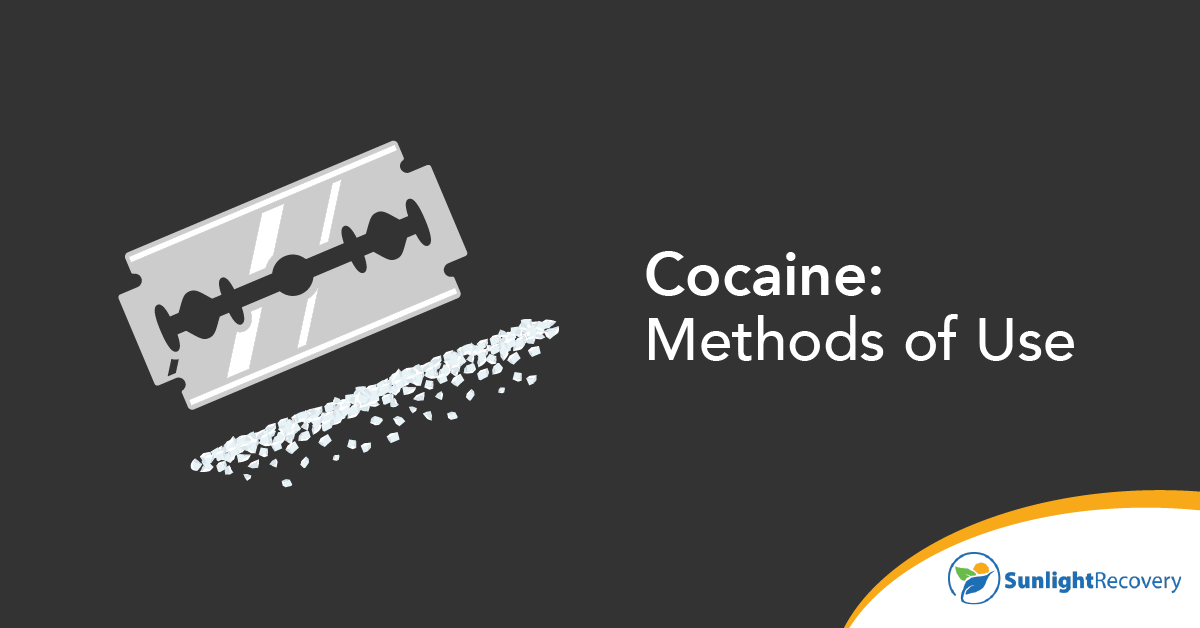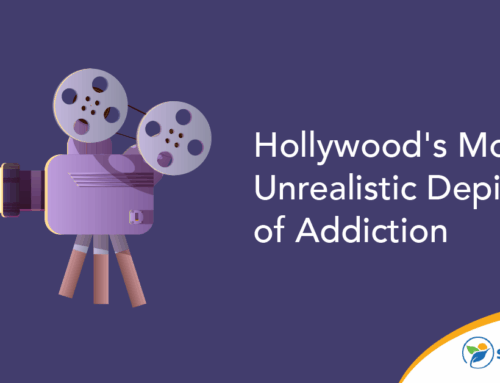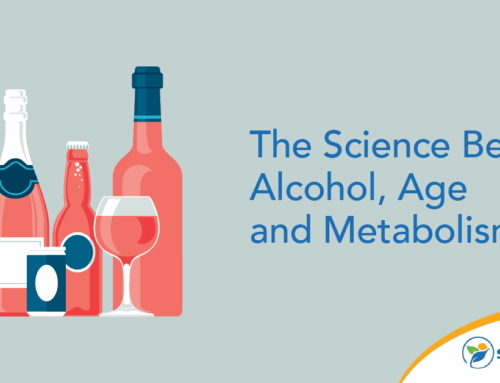According to the 2023 National Survey on Drug Use and Health, over 5 million people in the United States used cocaine in the previous year. This drug is a powerful stimulant of the central nervous system, producing intense feelings of euphoria, increased energy and alertness. While its use may be associated with party culture or a source of quick bursts of productivity, cocaine is highly addictive and dangerous, no matter how it’s used.
This article explores the different ways people consume cocaine, the risks associated with each method and how to find help if you or a loved one is struggling with addiction.
What Is Cocaine and How Is It Used?
Cocaine is derived from the leaves of the coca plant and sold on the street as a fine, white powder or a solid rock crystal known as, “crack” cocaine. As a stimulant, cocaine boosts dopamine levels in the brain, creating a short-lived but intense high.
This drug has been used the world over for thousands of years, although its purpose and form have changed over time. For example, indigenous people in South America chewed coca leaves to help combat fatigue and altitude sickness. Later, during the 19th century and beyond, it was used in Western medicine and in a variety of products, including early versions of Coca-Cola.
There are several ways to do cocaine, each with its own level of intensity, speed of onset and potential for harm. The method chosen often depends on the form used and individual preference. Users may take the drug through one method consistently or via several methods depending on their lifestyle and the equipment they have on hand.
Different Methods of Consumption
By the early 20th century, the medical community recognized cocaine’s addictive properties, and its use became more restricted. In the 1970s and 1980s, cocaine surged in popularity as a recreational drug, especially in the United States, with crack use becoming a major issue in urban areas. Let’s explore how the drug is consumed today and what happens with each method.
Snorting
Snorting powdered cocaine through the nose is the most common method of use. This allows the drug to be absorbed into the bloodstream via the nasal tissues. The resulting high typically begins within a few minutes and lasts about 15 to 30 minutes.
Paraphernalia commonly used:
- Rolled-up banknotes or straws
- Razor blades or cards (used to chop the powder)
- Flat, smooth surfaces such as mirrors or compact cases
- Small plastic baggies or glass vials containing the white powder
Traces of white residue may remain around a user’s nose or on belongings.
Smoking
Can you smoke cocaine? Yes, in its rock crystal form — crack cocaine. Smoking crack involves heating the substance and inhaling the vapors. This quickly delivers the drug to the brain, producing a very intense but short-lived high. Because of this rapid high-low effect, smoking cocaine often leads to more frequent use and a higher risk of addiction.
Paraphernalia commonly used:
- Glass pipes or makeshift crack pipes
- Small metal screens or steel wool (used as filters)
- Lighters, candles or torch-style flames
- Tiny plastic bags or vials containing the crystalline or off-white rocks
Users may have burn marks on their fingers or lips.
Injection
Some individuals dissolve powdered cocaine and inject it directly into their bloodstream. This method produces an immediate and powerful high but increases the risk of overdose and serious health complications such as collapsed veins, infections and the transmission of diseases such as HIV and hepatitis C.
Paraphernalia commonly used:
- Syringes and needles
- Spoons or bottle caps (used to mix and heat the drug)
- Cotton balls or filters
- Rubber tubing or belts (used as tourniquets)
Bloodstains or bruising near injection sites, especially on the arms, may result.
Oral Use
Cocaine can also be rubbed on the gums or swallowed. This method is less common and results in a slower onset of effects. However, it still carries risks, especially those related to cardiovascular strain and gastrointestinal issues.
Paraphernalia commonly used:
- Small baggies or vials containing white powder
Cocaine residue may be visible on toothbrushes, gum wrappers or personal items. Users may complain of mouth or gum numbness and have lip or tongue sores from frequent rubbing.
The Risks of Each Method
While all methods of cocaine use are dangerous, some carry unique risks:
- Snorting. Nosebleeds, loss of sense of smell, chronic runny nose and damage to nasal tissues
- Smoking. Respiratory issues, burns, chronic cough and severe addiction due to the rapid onset of effects
- Injecting. High risk of overdose, infections, blood-borne illnesses and scarring
- Oral use. Digestive issues, ulcers and an increased risk of heart attack or stroke due to delayed but strong effects
Regardless of how it’s consumed, cocaine use affects the brain’s reward system and can quickly lead to physical and psychological dependence.
Long-Term Effects of Cocaine Use
Prolonged use, regardless of the method, can lead to devastating consequences, including:
- Increased risk of heart disease, stroke and seizures
- Cognitive decline and memory problems
- Mood disorders such as anxiety, depression and paranoia
- Financial, legal and relationship issues
If you or a loved one is experiencing any of these health problems, it’s never too late to seek help. At Sunlight Recovery, we specialize in addressing cocaine addiction through our tailored treatment plans and dedicated support.
Do People Often Think They Won’t Get Addicted?
Yes, many people start out believing they can control their cocaine use. It has a reputation for being a party drug or something used occasionally for fun, enhanced productivity or weight loss. This perception makes it easy to underestimate the drug’s addictive potential.
Individuals may believe they’re in control of their cocaine use based on rationales such as:
- They only use on weekends.
- They’re not like other people who are really addicted.
- They can stop anytime they want.
Unfortunately, this false sense of control can lead to denial, a delay in seeking help, and a deeper dependency. By the time users recognize they have a problem, they may be already impacted physically, mentally, financially, and socially.
Treatment Options for Addiction
Recovering from cocaine addiction is possible with the right support system in place. Sunlight Recovery offers evidence-based, compassionate care tailored to the unique needs of the individual. Treatment options include:
- Medical detox and 24-7 supervision to safely manage withdrawal
- Individual and group therapy sessions to address underlying causes of addiction
- Dual diagnosis support for co-occurring mental health conditions
- Relapse prevention planning and aftercare support
If you or someone you care about is struggling with cocaine use, it’s never too early — or too late — to seek help.
Take the First Step Toward Recovery
Don’t let cocaine use control your life. Learn more about our comprehensive cocaine addiction treatment programs at Sunlight Recovery and get the help you deserve.







